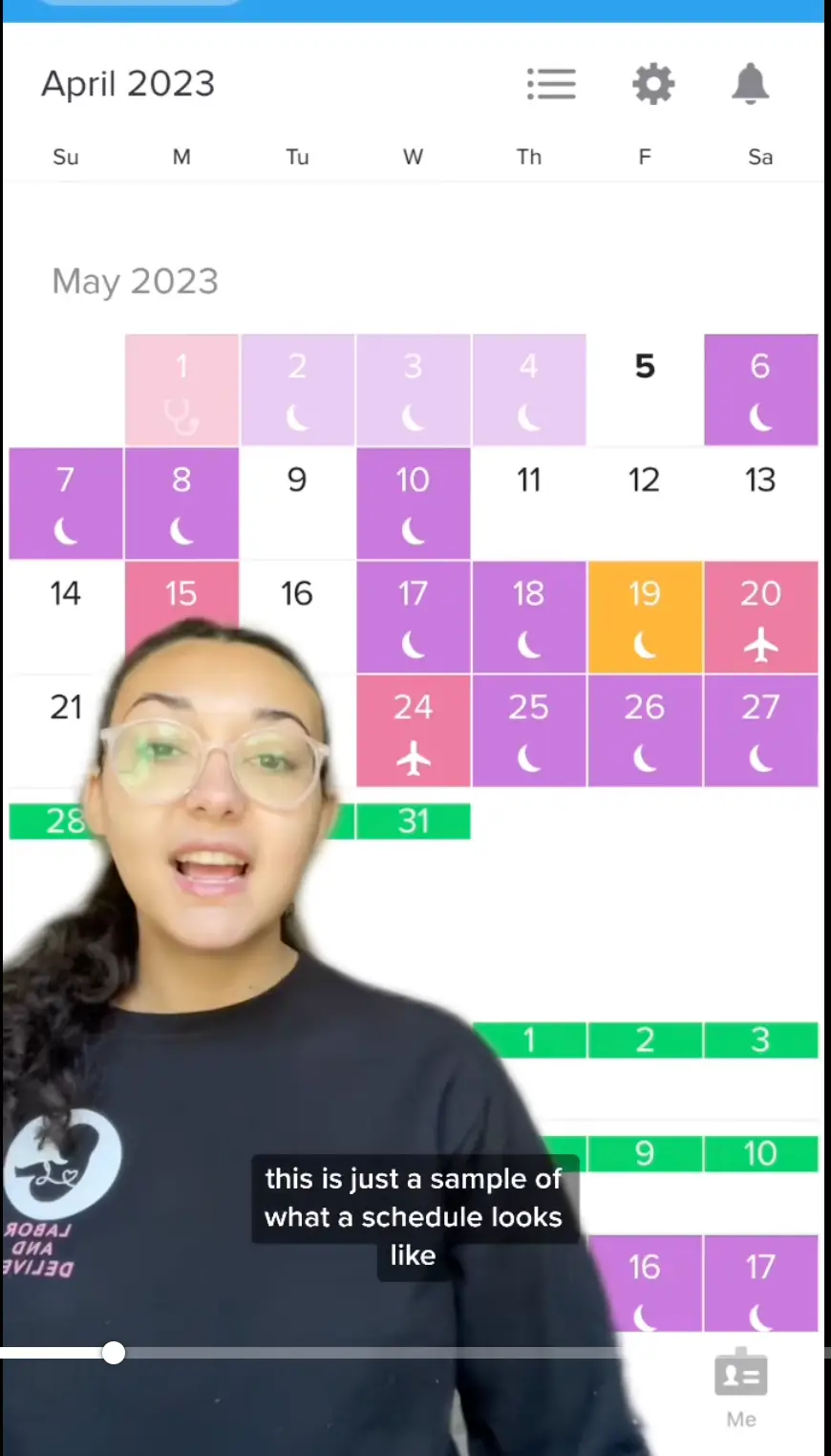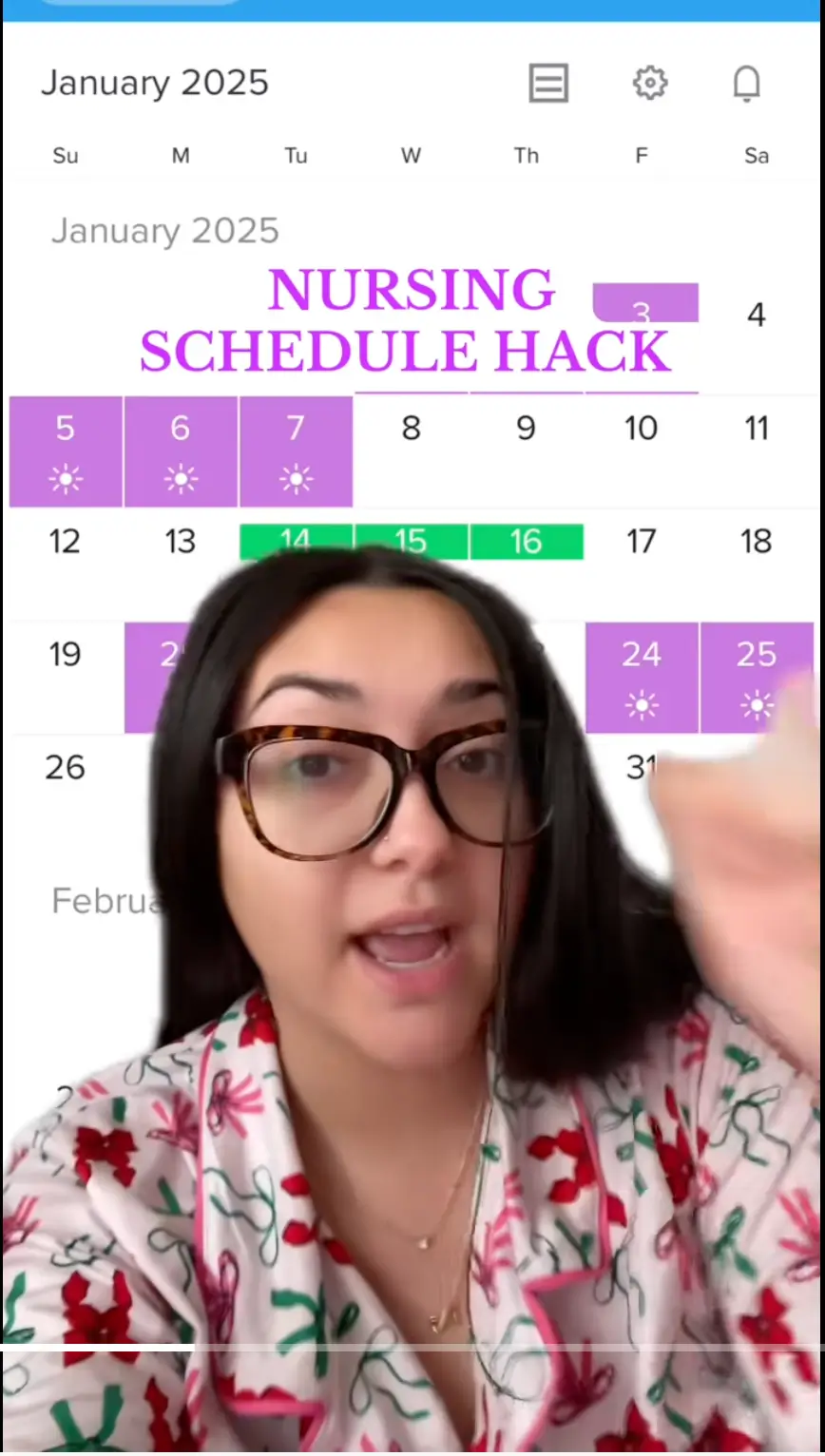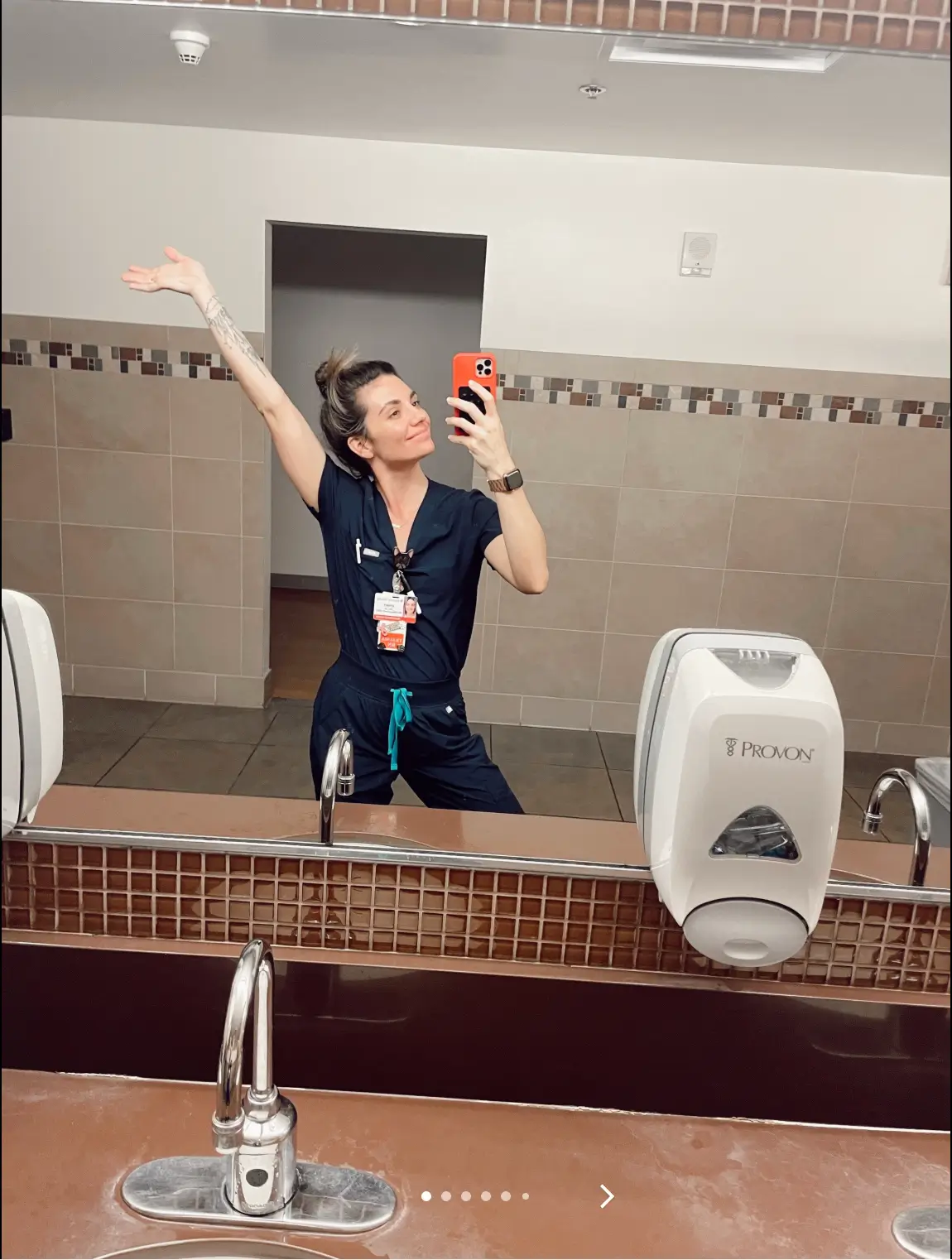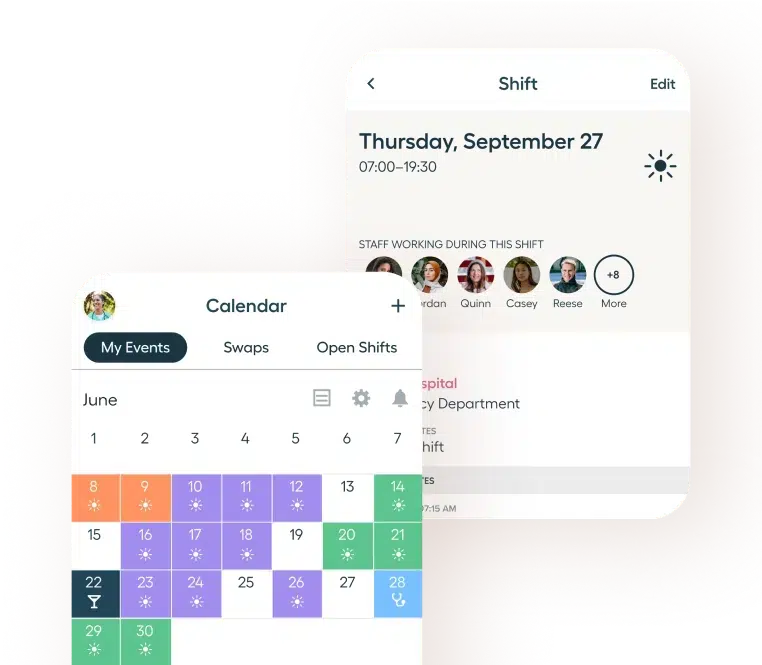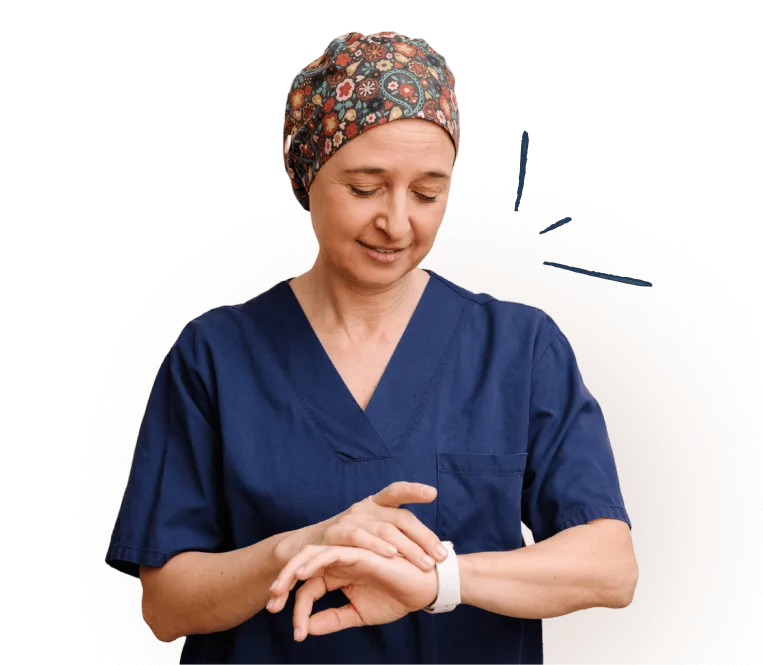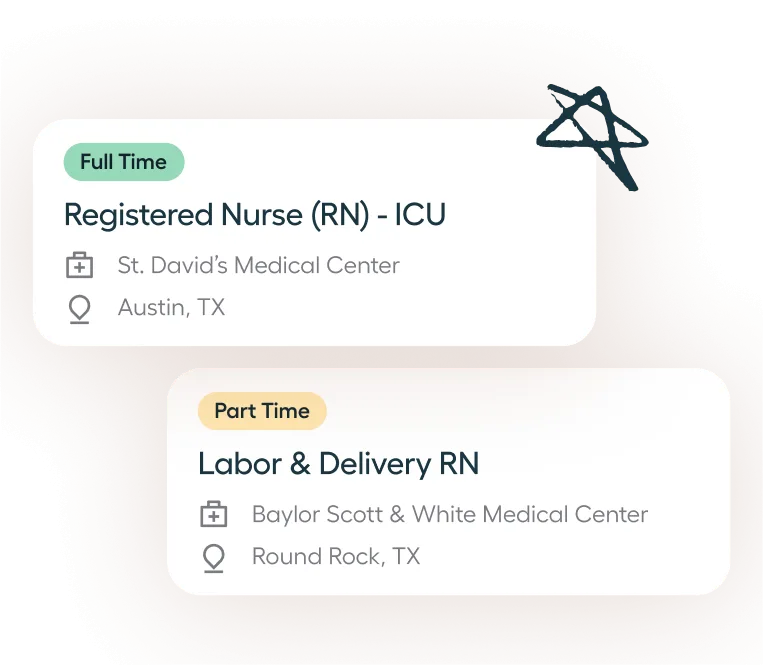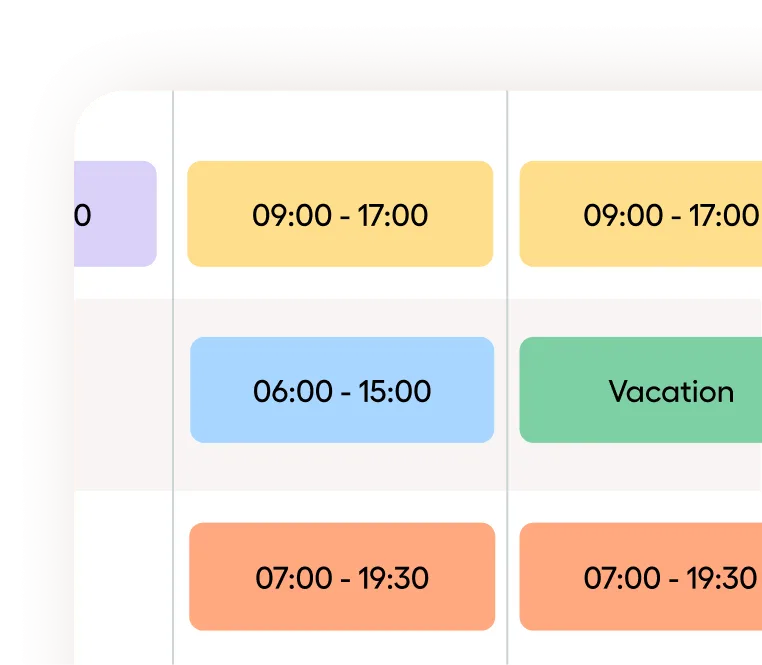About
The #1 app nurses trust every day






About Us
Designed by nurses, driven by purpose
We started with a custom-built calendar solution designed around the lives of nurses. It offered real-world solutions created by people who understand the unique challenges nurses face.
Since then, we’ve evolved into an all-in-one hub that supports every aspect of your #NurseLife, connecting over 650,000+ nurses every day.
Excel at every level of your nursing career
Whether you’re a seasoned pro balancing your schedule and license renewals or a leader organizing your care team and filling open roles, we have the tools to support your success.

117,000+ App Store Reviews
Nurses love Nursegrid
(and we love nurses back)

